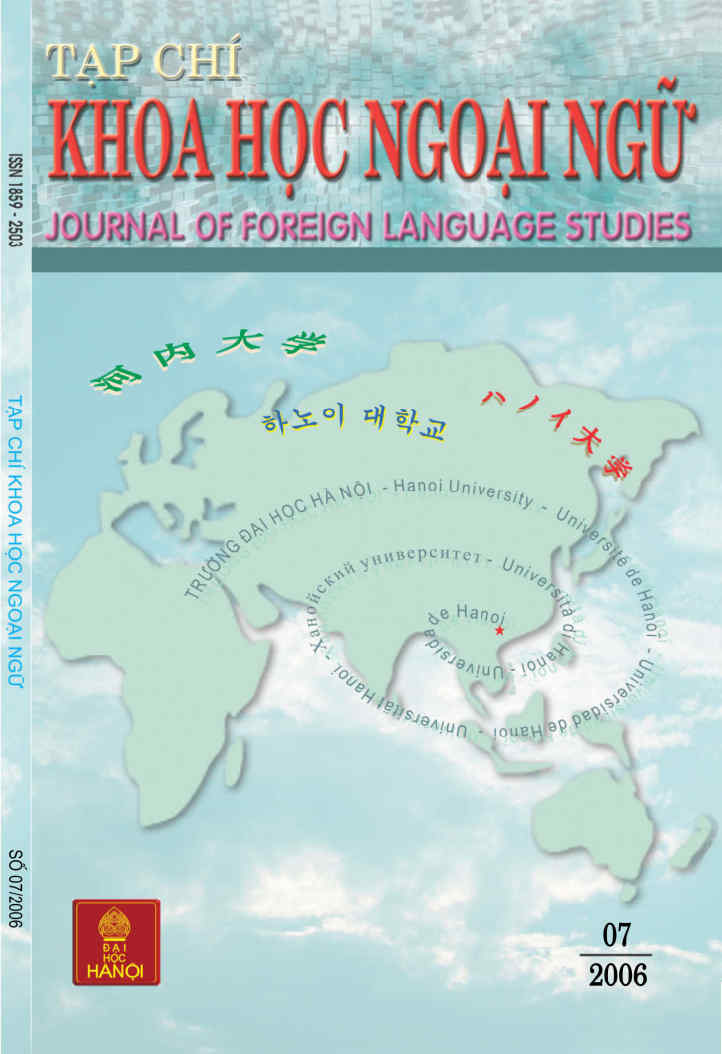INTERACTIVE-COMPENSATORY MODEL OF READING AND ITS IMPLICATIONS FOR TEACHING READING IN A FOREIGN LANGUAGE
DOI:
https://doi.org/10.56844/tckhnn.07.348Abstract
Reading is an essential skill for those who speak English as a foreign or second language. It serves as a basic tool for students to achieve further progress in their academic fields. In order to help teachers obtain the optimum effect in the teaching of second language reading, researchers have provided several models of reading, among which the “interactive-compensatory” model is by far the most widely adopted by ELT teachers.
This paper discusses the interactive-compensatory model in relation to the earlier approaches, bottom-up and top-down, and its implications for the design of reading material for foreign language learning in the context of Vietnam.
The first part of the paper starts with an outline of the two previous models of reading and the integration of these processes in the interactive-compensatory model. Within the framework of this model, suggestions for planning reading materials for secondary students in Vietnam will be discussed through a lesson plan of “The Lotus Seed”by Sherry Garland.






